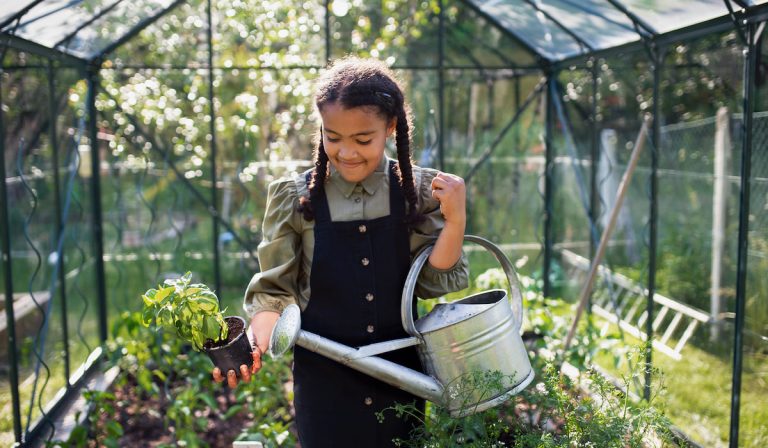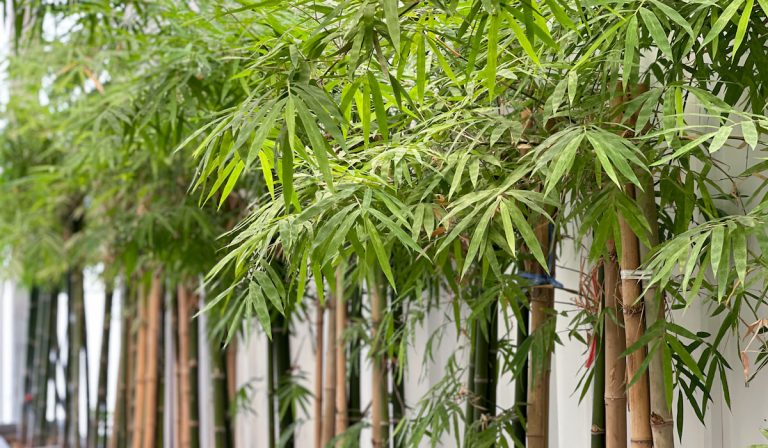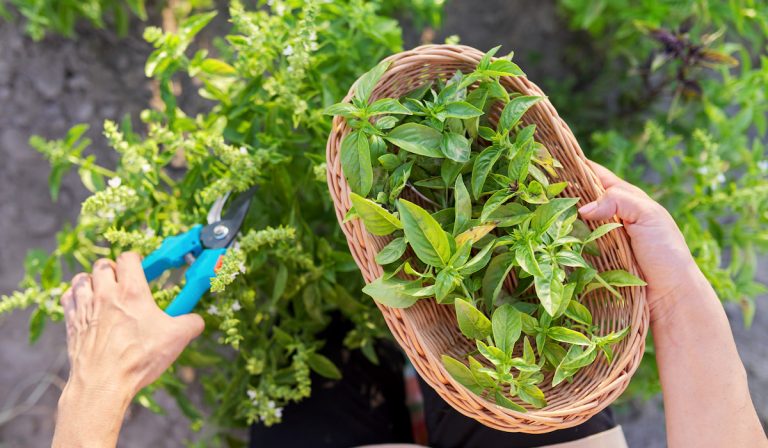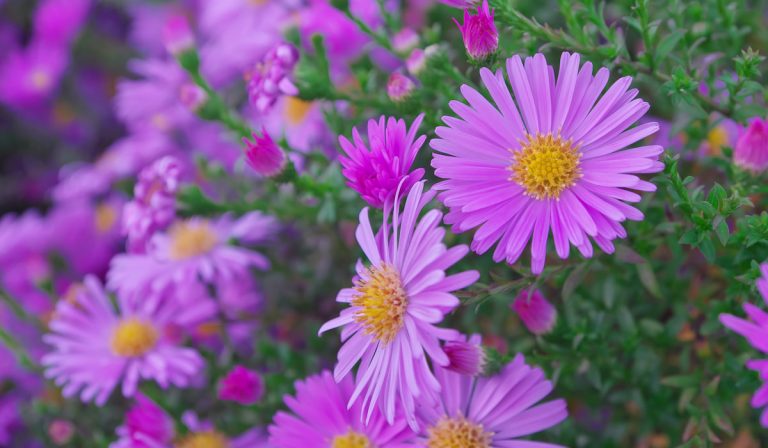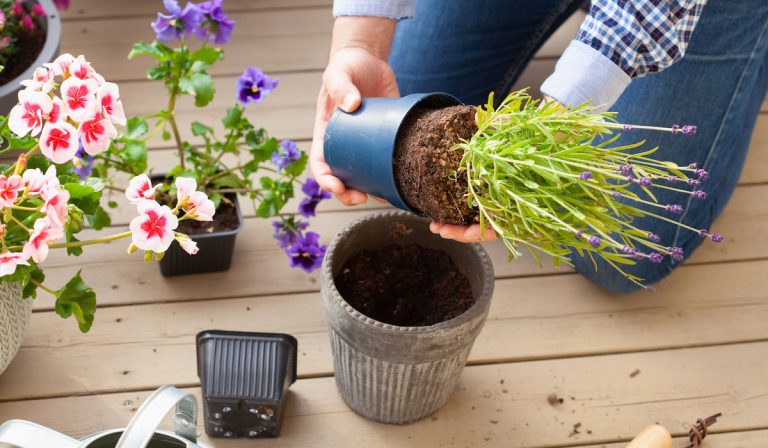Does Adding Sand to Soil Improve Drainage?
In many cases, you will have to work on the soil you have and improve it to ensure your plants do well in it.
While improving your soil, there are many aspects to consider: you could work on permeability, aeration, structure, and drainage.
Now, if what you have does not drain well, does adding sand to soil improve drainage?
Yes, adding sand will improve soil drainage.
However, not all types of sand will improve drainage. Fine sand will most likely not improve drainage. But coarse sand will.
Due to the size and looseness of coarse sand particles, they can get in between soil clumps. When sand gets in between soil clumps, it loosens them, thus improving aeration and drainage.
When soil is not well-drained, moisture is retained. This retention of water in the soil puts plants at risk of root rot, among other adversities. This highlights the importance of soil drainage.
In this post, we will provide some information on improving soil drainage with sand. We pay attention to details such as the type of sand to use and the effectiveness of sand in improving drainage.
Table of Contents
Does Adding Sand to Soil Improve Drainage?
It is not hard to imagine what the structure of soil with poor drainage would look like. There would be clumps all over, which would reduce permeability.
With reduced permeability, water would not pass through the soil as rapidly as it should. Thus, you end up with poorly drained soil.
Of the 3 main types of soil (sand, loam, and clay), sand has the highest permeability. Sand also has the lowest water retention.
These qualities of sand stem from the coarseness, relative largeness, and looseness of its particles.
With the qualities listed above, when sand is added to poorly drained soil, it will improve drainage. The possibility of this makes sand one of the cheapest ways to improve soil drainage.
Beyond improving soil drainage, adding sand to soil also improves aeration and permeability. This makes it valuable as a soil amendment.
Soil drainage is vital to preventing soil erosion. Improving soil drainage reduces the likelihood of the soil getting eroded.
Increased soil drainage also reduces the chances of soil spillage and root rot while preventing nutrient runoff.
Adding Sand to Clay Soil?
Although we have stated that sand improves drainage, you may want to avoid using it on clay soil. Well, except if you have an abundant reserve of sand.
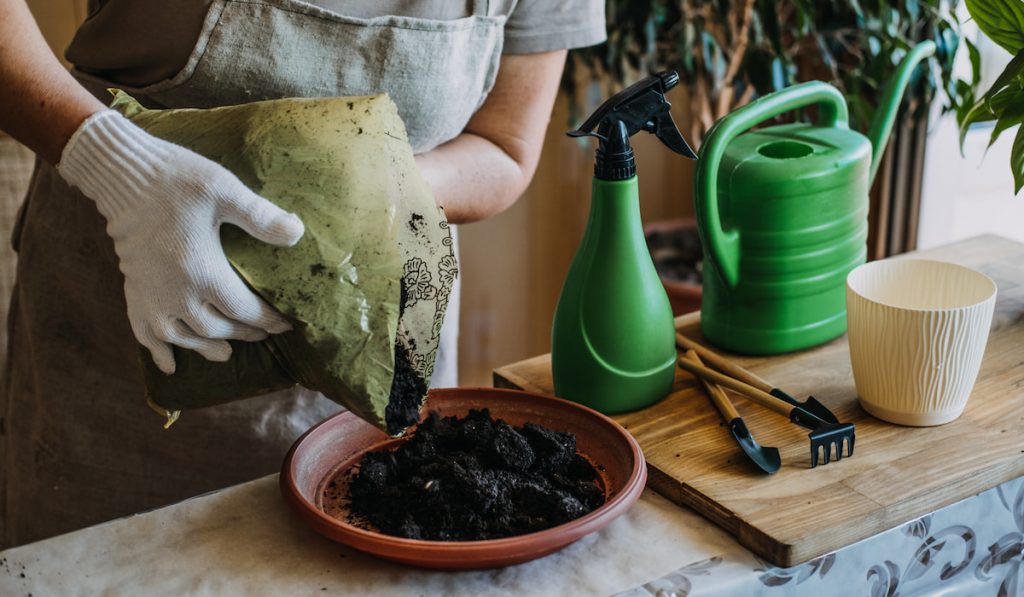
Clay soil has poor drainage because it has the smallest particle size of the soil types.
It is only right to want to add sand to it since sand has the largest particle size. But you should not, at least not before you read what comes next.
Unless you mix sand with clay in a 1:1 ratio, the resultant mixture would be something like concrete. Well, you can imagine that concrete would have even worse drainage than clay soil.
Going by the 1:1 ratio, if you consider how much sand you have to mix with clay, you will prefer alternatives.
So, instead of improving the drainage of clay soil with sand, you may add organic matter instead.
Adding Sand to Potting Soil?
If your potting soil is already good enough, you would not need to add sand to it. But if it isn’t, then you may need to.
You may add sand to potting soil if the potting soil has poor drainage. To verify the drainage of potting soil, add some of it to the pot (without a plant).
Then water the test soil thoroughly and monitor for about 2 minutes.
If the water does not flow through the soil and drainage holes within 2 minutes, it is poorly drained. Once you confirm this, you may add sand to improve its drainage.
In some cases, even if your potting soil is well-drained, the crop you intend to plant might need more drainage.
Plants like artemisia, sage, oregano, thyme, lavender, and fennel prefer sandy soil. To accommodate the needs of these plants, you can add sand to potting soil.
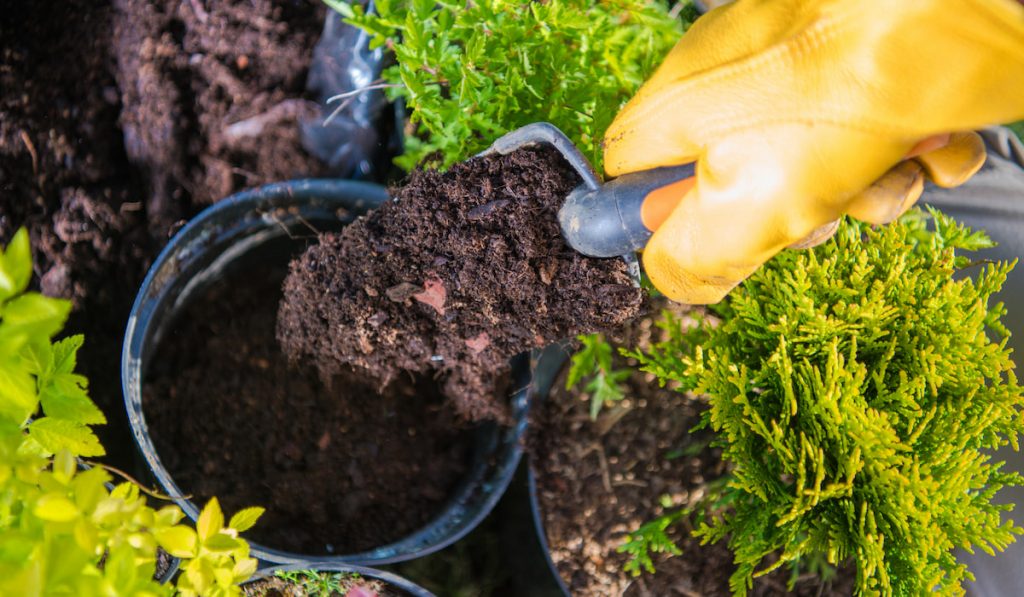
Can You Mix Sand With Soil?
Without a doubt, you can mix sand with soil. Remember, sand is soil too, and you can combine it with other soil types.
In mixing sand with soil, the topsoil is usually the second ingredient in the mixture.
To mix sand with topsoil in the ground, dig up around 6-10 inches of the topsoil. Then add sand to it and stir well until uniform.
To mix with potting soil, pour both sand and the potting soil into a pot and stir until evenly distributed.
Is Sand Good for Drainage?
Sand is excellent for drainage when applied in the appropriate quantity.
In general, adding an excess amount of sand will reduce the water retention of your soil. But too little may be ineffective in improving soil drainage.
With clay soil, too little sand will worsen the drainage problem. You need at least an equal amount of sand to clay soil for effectiveness.
But when you realize how much sand you will need, you will consider alternatives like mulch and compost.
In other cases, mixing sand and topsoil in a 1:2 ratio should give the improved drainage you desire.
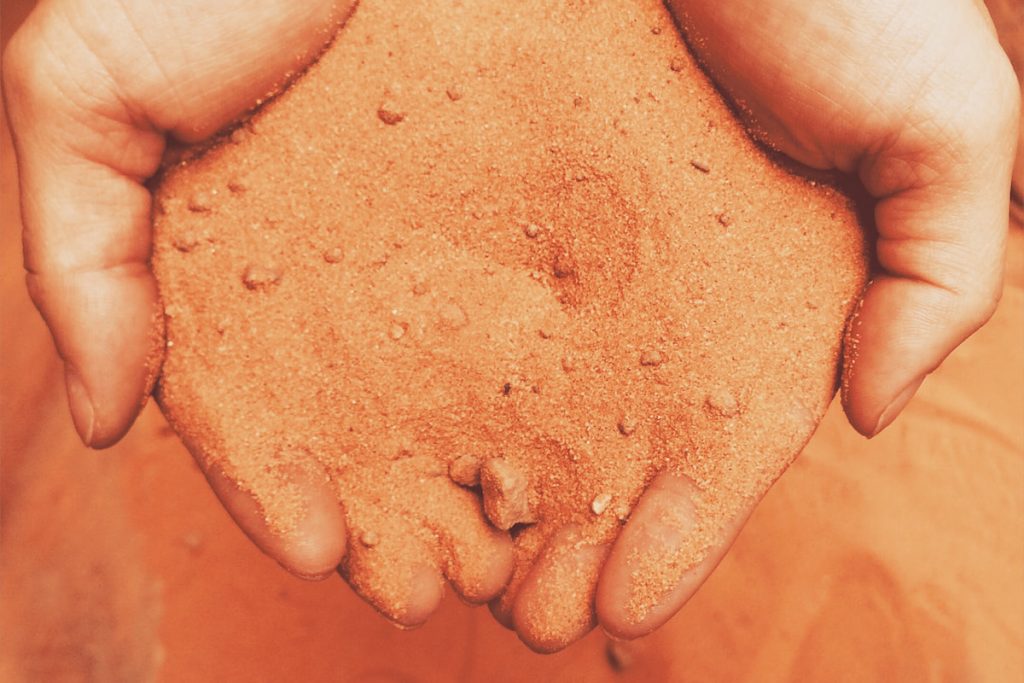
What Kind of Sand Should You Use?
Generally, when choosing sand to improve soil drainage, the coarse varieties are the best.
Medium to very coarse sand would do best for improving soil drainage. On the other hand, fine sand is likely to clump and prevent the flow of water.
Besides particle size, you should also consider the grade of the sand. Sand grading gives an indication of the distribution of particle sizes present in a given portion of sand.
Sand typically contains particles of different sizes.
But the predominant particle size determines the grading of the sand. This also determines how well it will perform when used to improve soil drainage.
If you choose sand to improve soil drainage, opt for concrete sand. Concrete sand is a type of coarse sand with particle sizes of 0.3-2.0 millimeters.
Final Thoughts
Adding sand to the soil can improve drainage if the sand has particles of the right size. In line with this, fine sand is not appropriate for improving soil drainage.
However, coarse sand will give you some of the best results. While you try to improve soil drainage with sand, be careful when working on clay soil.
Mix too little sand with clay soil, and you just might worsen what you are trying to fix.
Resources
- https://migardener.com/5-simple-ingredients-to-fix-poor-draining-soil/
- https://extension.colostate.edu/topic-areas/yard-garden/choosing-a-soil-amendment/
- https://www.prestontrailfarms.com/why-is-drainage-important-for-your-crops
- https://extension.illinois.edu/blogs/good-growing/2018-01-31-does-sand-improve-clay-soil-drainage
- https://yourindoorherbs.com/the-2-cases-where-adding-sand-to-potting-mix-is-beneficial/
- http://visiteirlanda.com/2016/06/14/reasons-to-add-sand-to-your-topsoil-in-your-yard/
- https://homeguides.sfgate.com/types-drainage-sand-92591.html



